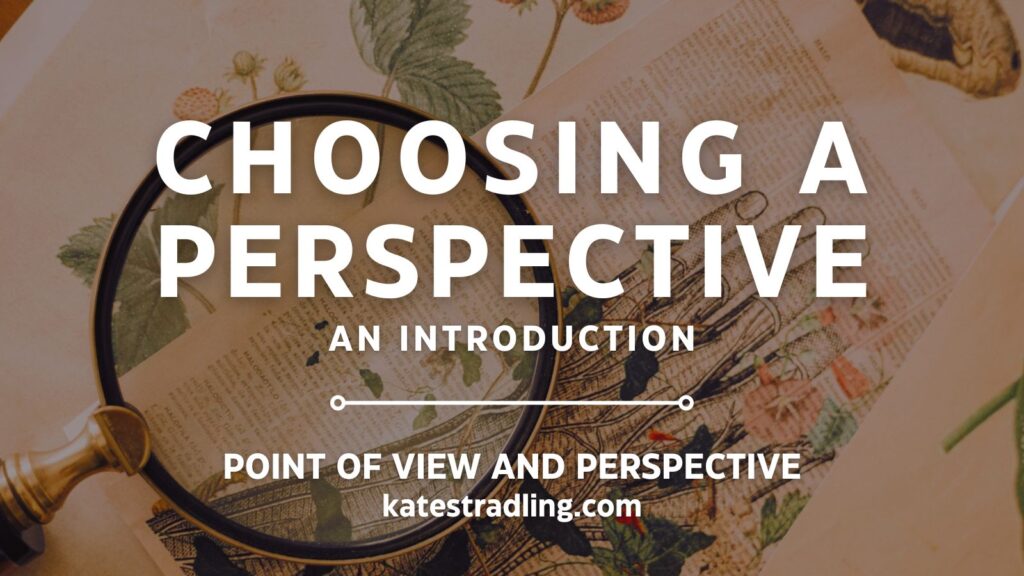The final section of this POV blog series will focus on Choosing a Perspective. The caveat here is that these are my opinions. Typically, choosing a perspective will be an intuitive process. Usually, it’s almost a foregone conclusion who should narrate a particular tale.
This set of articles, then, is for those moments when that intuition isn’t hitting right. Something’s off, and you want to workshop what it might be. These are meant to be considerations, not hard-and-fast rules.

But First, a Usage Note
The terms Narrator and Viewpoint Character overlap. For First and Second Person Points of View, the Narrator is the Viewpoint Character. In Third Person Points of View, the Viewpoint Character is the one the Narrator follows around.
From here on out, for the sake of simplicity, I’ll mostly refer to Viewpoint Characters, because that term covers all three Point of View types.
And, a Baseline
We start with a fundamental truth: everyone is a hero in their own story. Even if they are not a good person, even if they make terrible choices. When you choose a character perspective, you are giving that character center stage to justify their thoughts, actions, and interactions. You are giving your Reader a chance to love or hate them.
And you have, to assist you, the lovely little feature of Truth Bias. People are predisposed to believe what others tell them. This is also known as the Truth Default Theory, that humans are wired to believe that others are telling them the truth, even when there’s evidence to the contrary.
This transfers to fiction. Readers come to a book already primed to believe Narrators and sympathize with Viewpoint Characters. In terms of character stats, this is basically a +4 Charisma buff.
Thus, your chosen Viewpoint Character doesn’t merely communicate the story events; they manipulate how the Reader receives and perceives those events. The same story told from multiple perspectives can be wildly different from one telling to the next.
Finally, an Outline of What Lies Ahead
With that in mind, we’re going to examine five considerations for choosing Viewpoint Characters.
- Story Participation
- Desired Proximity
- Unique Angle
- Likeability1
- Knowledge
Some of these have POV-pertinent tangents. Hence, I’ve placed them in separate articles instead of expanding on them here.
And that’s all for this intro.
Up next: Story Participation
Previous: The Frame Story
Index Page: Point of View
- And a Second Usage Note: Likeability is typically spelled without the e, but the inclusion of an e is a multiple-dictionary-attested alternative spelling. I dislike “likability” because my brain wants to pronounce it “lick-ability.” So, if you prefer that word spelled without the e, tough cookies. My blog, my usage preferences. XOXO ↩︎